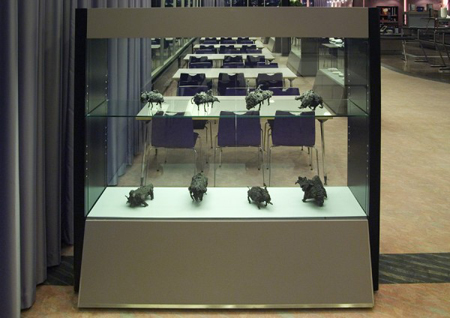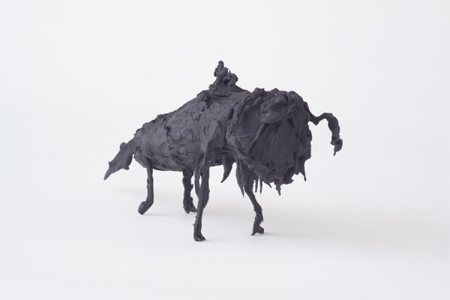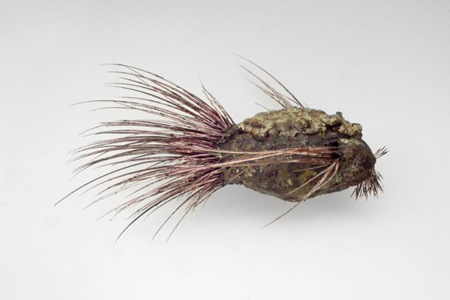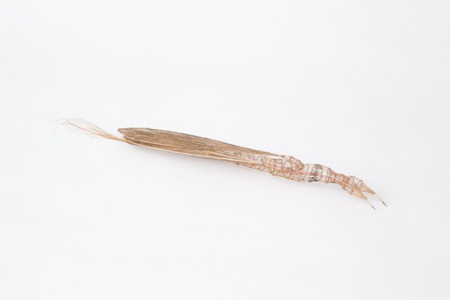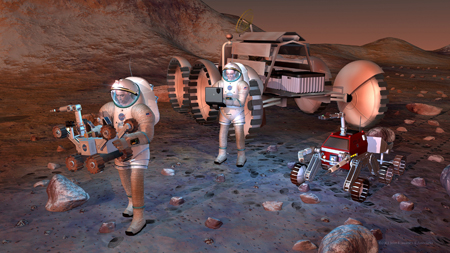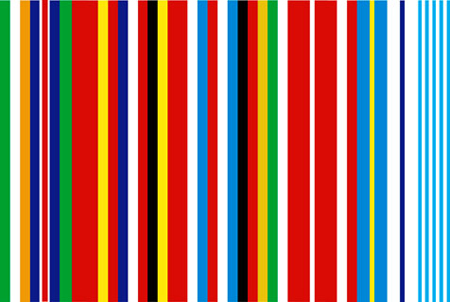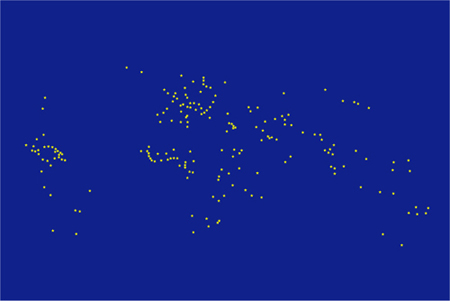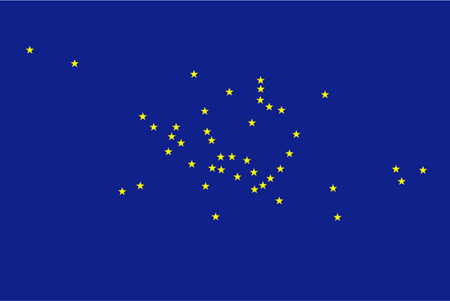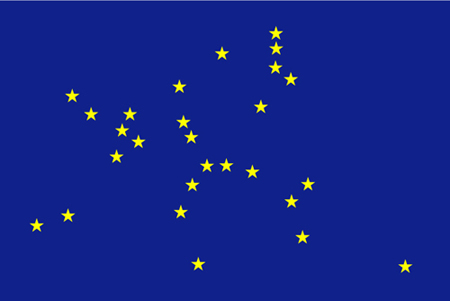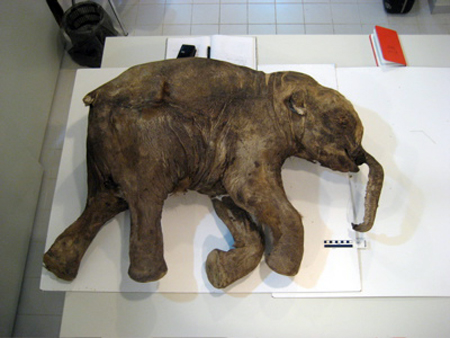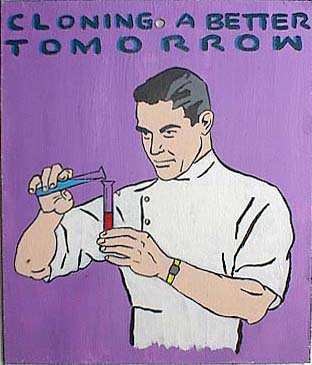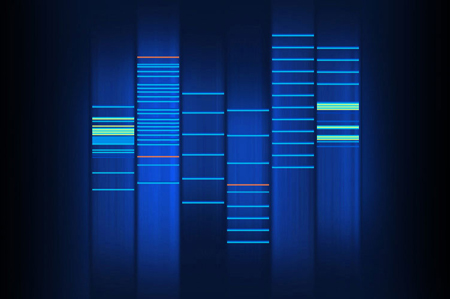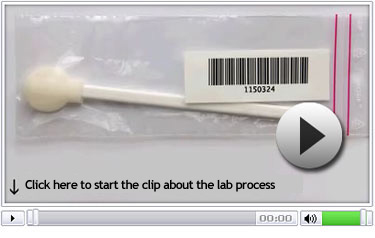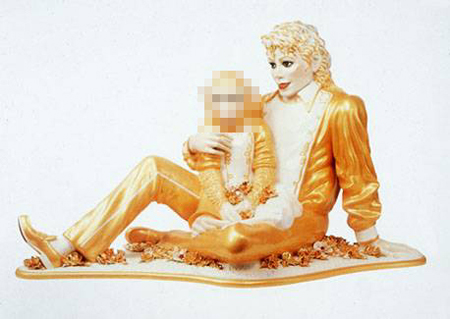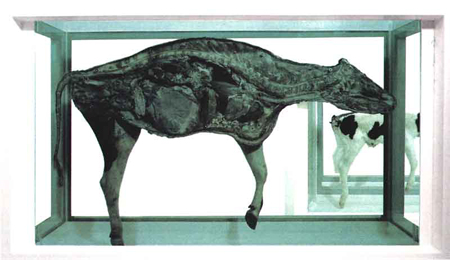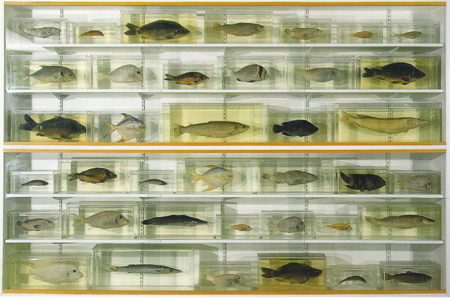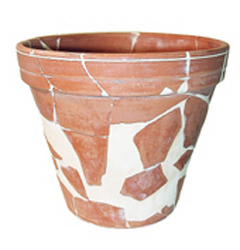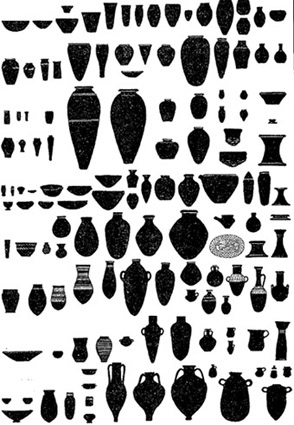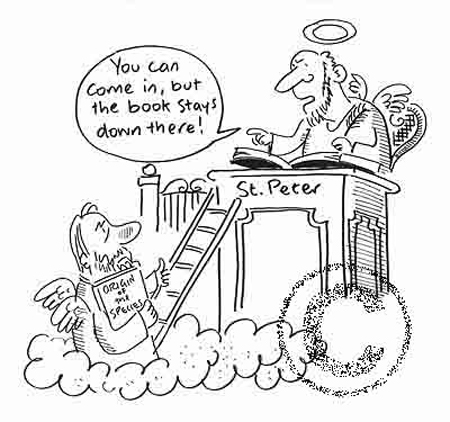
©Mike Mosedale
Charles Darwin’s Origin of Species (publ. 1859) is a pivotal work in scientific literature and arguably the pivotal work in evolutionary biology. The book’s full title is On the Origin of Species by Means of Natural Selection, or the Preservation of Favoured Races in the Struggle for Life. It introduced the theory that populations evolve over the course of generations through a process of natural selection. It was controversial because it contradicted religious beliefs which underlay the then current theories of biology. Darwin’s book was the culmination of evidence he had accumulated on the voyage of the Beagle in the 1830s and added to through continuing investigations and experiments since his return.
Theory in a nutshell
Darwin’s theory is based on key observations and inferences drawn from them:
1. Species have great fertility. They make more offspring than can grow to adulthood.
2. Populations remain roughly the same size, with modest fluctuations.
3. Food resources are limited, but are relatively stable over time.
4. An implicit struggle for survival ensues.
5. In sexually reproducing species, generally no two individuals are identical.
6. Some of these variations directly impact the ability of an individual to survive in a given environment.
7. Much of this variation is inheritable.
8. Individuals less suited to the environment are less likely to survive and less likely to reproduce, while individuals more suited to the environment are more likely to survive and more likely to reproduce.
9. The individuals that survive are most likely to leave their inheritable traits to future generations.
10. This slowly effected process results in populations that adapt to the environment over time, and ultimately, after interminable generations, the creations of new varieties, and ultimately, new species.
Koen Vanmechelen
The Cosmopolitan Chicken, 2000
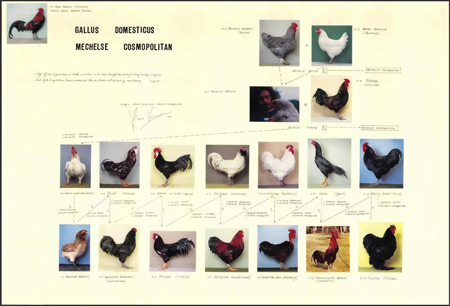
The Cosmopolitan Chicken is the world-wide breeding project by Belgian artist Koen Vanmechelen (1965) to which the cross-breeding of different national chicken races is central and crucial. The cross-breeding as the quintessence of the dynamic, fertile and creative life and of the peaceful living together of different races.
The story officially starts in 2000, in the Flemish village of Watou, at the boarder between Belgium and France. As his participation at the exhibition ‘Storm Centers’, curated by Jan Hoet, Koen Vanmechelen has cross-bred the Belgian chicken “Mechelse Koekoek” (cuckoo of Malines) with the French pride “Poulet de Bresse”.
The descendants of this crossing, named “Mechelse Bresse’s” were consecutively and at their turn cross-bred with the typical English chicken ‘English Redcap’; this happened in 2000 too at the group show ‘A Shot in the Head’ at Lisson Gallery, London.
In 2001, at Deweer Art Gallery in Otegem (B) a one-man show entitled “Between natural breeding and genetic enginering” was presented with the descendants of the cross-breeding between the “Malinese Bresse’s” and the “English Redcap”, thus called “Mechelse Redcap”.
After that, the “Malinese Redcap” was cross-bred with the American chicken “Jersey Giant”: in real at the artist’s studio in Meeuwen (B) and ‘artificially’ (i.e. in the form of a transparent glass chicken) at the Miami Art Fair, USA. The “Mechelse Giant’ was the subject of an installation presented at the exhibition “3 FEB 2002”, curated by Edith Doove, at the Museum Dhondt-Dhaenens in Deurle (B).
The “Malinese Giant” was at his turn cross-bred with the German “Dresdner Huhn”, a fully German hen (the race was made to remember the bombing of Dresden). This cross-breeding too happened at the studio of the artist. Most stunning is the fact that the cross-breeding of the Dresdner cock with the Malinese Giant hen procreated only male chicks!
In the spring of 2003 the cross-breeding of the “Mechelse Dresdner” with the Dutch hen “Uilebaard” (Owlbeard) effected two exhibitions in Amsterdam. First there was the exhibition “Koen Vanmechelen – “Cosmopolitan Chicken Project – Mechelse Dresdner – The Desire” at the De Brakke Grond, which was meant as an appeal to Dutch institutions to patron the cross-breeding of the Malinese Dresdner with the Dutch Owlbeard. The exhibition resulted in the acceptance of the GEM – the museum for contemporary art of The Hague to patron the cross-breeding with the Dutch hen and in the presentation of the “Mechelse Owlbeard”, the sixth generation of the Cosmopolitan Chicken at the KunstRAI in Amsterdam. Due to the influenza aviaria disease that at that time struck both Holland and Belgium the 2 exhibitions in Amsterdam were set up without living animals.
In September 2003 Koen did a second one-man show at Deweer Art Gallery, entitled “Koen Vanmechelen – Cosmopolitan Chicken Project – Second Generation: Mechelse Bresse – Sex & Mortality”. It was an exhibition about the now naturally dying out first and second generations of the “Cosmopolitan Chicken Project”, and about the off-spring of life in general.
In November 2003 Koen Vanmechelen undertook a second expedition to Nepal to study the Bankiva hen, the so-called ‘primal chicken’, from which all domesticated chickens descend.
In the mean time the cross-breeding of the Malinese Owlbeard with the Mexican “Louisiana” was organised in Meeuwen to originate the “Mechelse Louisiana”.
In his current installation for “ECLiPS / 25 Years Deweer Art Gallery “ at Transfo Zwevegem Koen Vanmechelen brings forward a Malinese Owlbeard cock in surveillance of thousands of fresh eggs.
Obviously, “The Cosmopolitan Chicken Project ” is a project with a high metaphorical value that touches a lot of contemporary social issues such as genetic manipulation, cloning, globalisation, multiraciality, multicultural society etc.
Although the artist has a lot of inspiring contacts with the medical and scientific world, “The Cosmopolitan Chicken” has found its ideal setting in the art world.
From the project spring an endless series of works, such as great chicken portraits, drawings, installations, stuffed chickens, story boards, videos etc.
Together with Dr Ombelet, a gynaecologist, the artist publishes “The Walking Egg”, an English magazine in which ethicists, philosophers and scientists debate about all sorts of procreation items. Koen Vanmechelen joins in with artistic reflecNons. The Cosmopolitan Chicken has nothing to do with cloning, but it goes without saying that the artist follows with great interest and attention those congresses. “The chicken wants to be in the middle of natural breeding and genetic manipulation” he says. “We should never forget the natural breeding. It is full of surprises”.
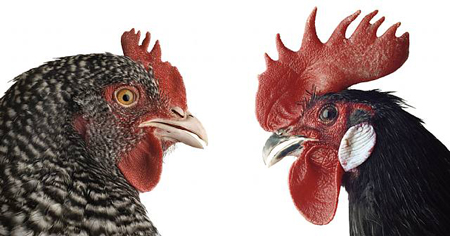
www.koen-vanmechelen.be
